Once disruptive, phonons now improve quantum dots’ behavior, making them more reliable for quantum communication and cryptography.


Once disruptive, phonons now improve quantum dots’ behavior, making them more reliable for quantum communication and cryptography.

Scientists find predator-prey-like interactions in spinning particles, challenging physics and opening doors for quantum tech.
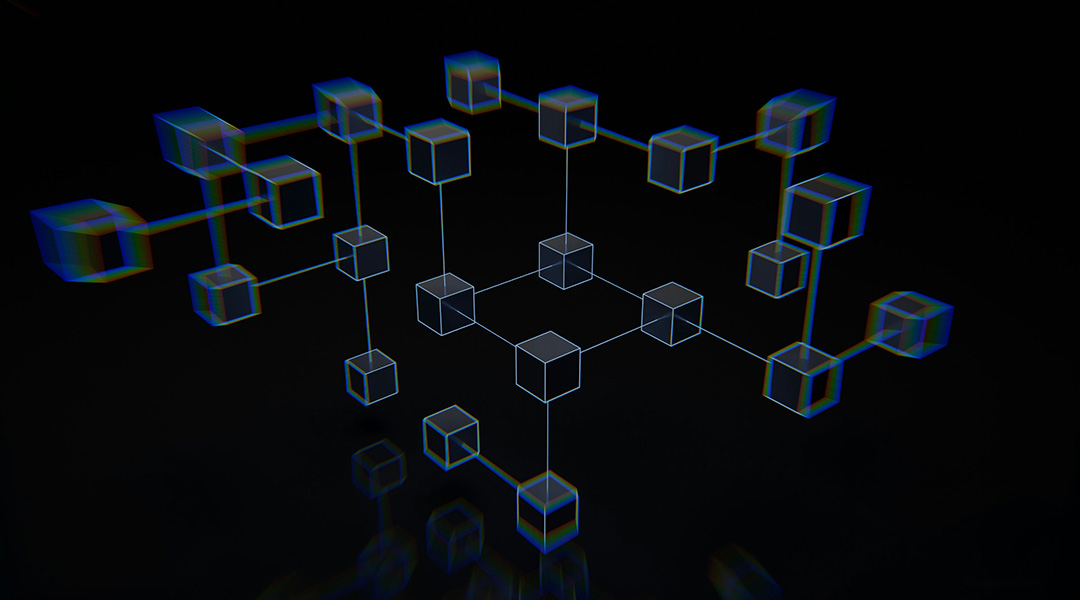
The rapid growth of AI brings hope of unprecedented advancements in many sectors but what is its real carbon footprint?
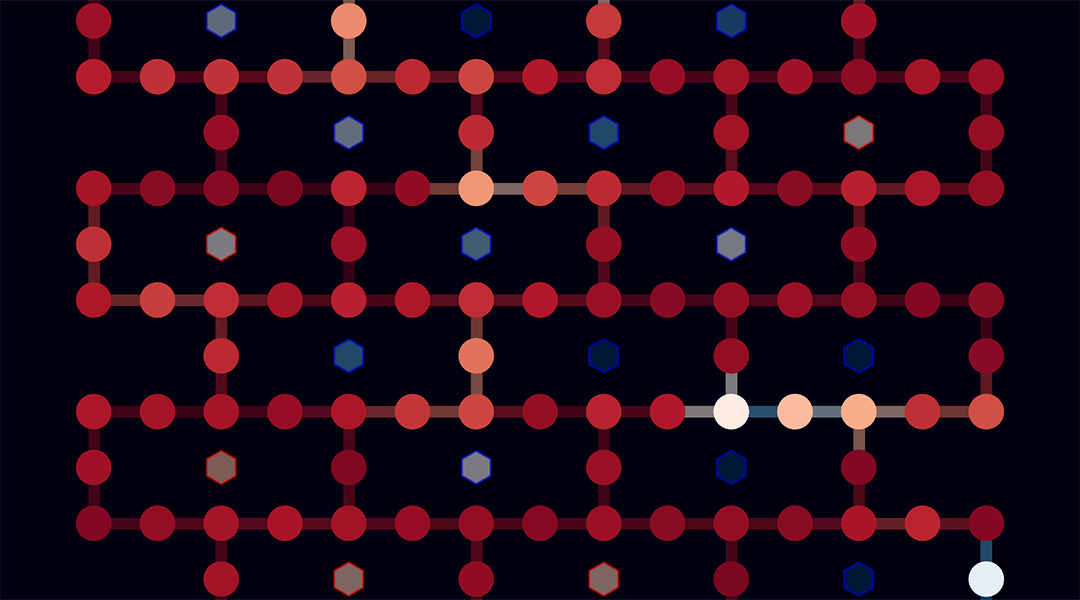
Researchers have developed a new method to benchmark quantum computers by measuring their ability to create entangled qubit states.

Scientists are using crystal imperfections to generate secure encryption, paving the way for quantum-resilient data protection.

Machine learning is bringing forth the future of secure communication, swiftly identifying single photons that hold the key to quantum tech.

Once relegated to theory, a newly discovered quantum object could be used to create new devices that will outpace modern electronics.
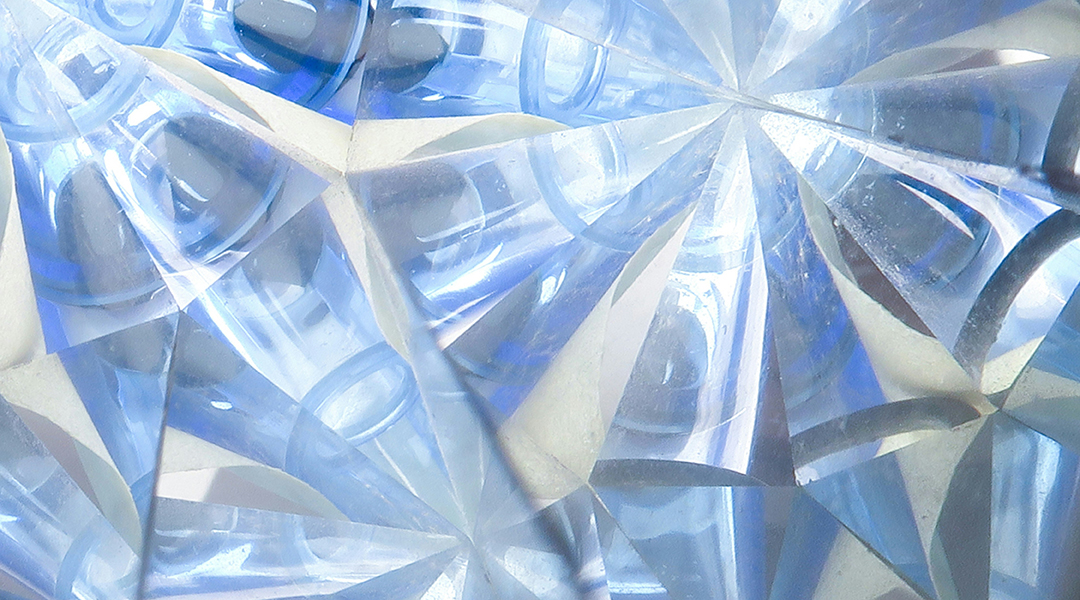
Scientists have built atomic clocks with unprecedented levels of precision by harnessing quantum entanglement.
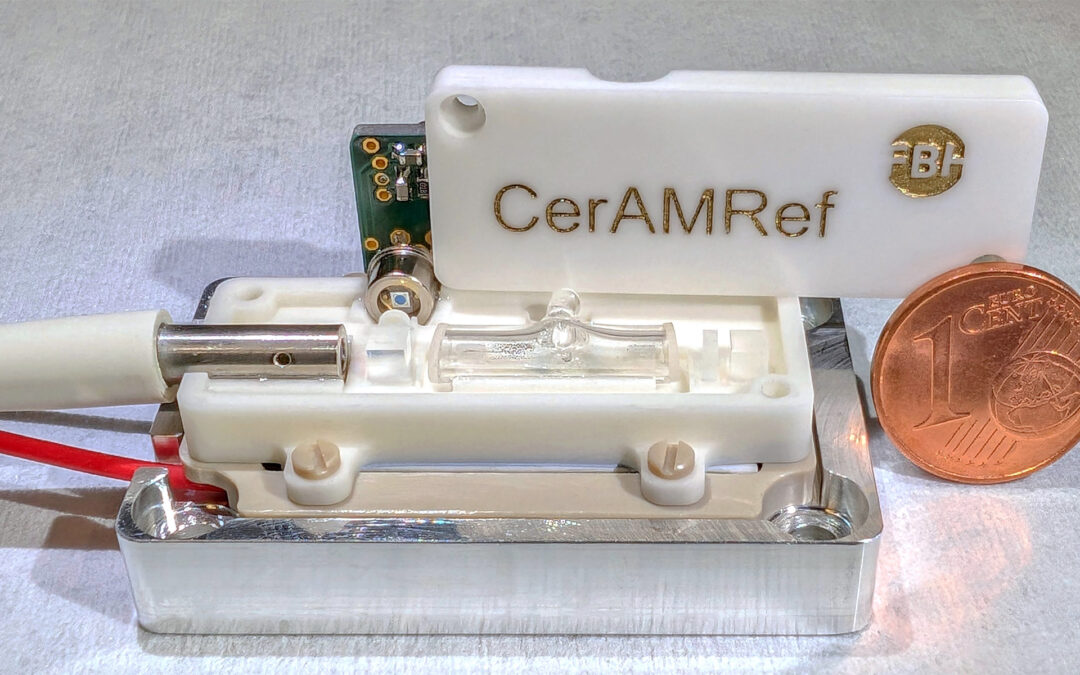
3D-printed ceramics enable smaller, more stable quantum devices for applications in quantum computing, sensing, and communications.
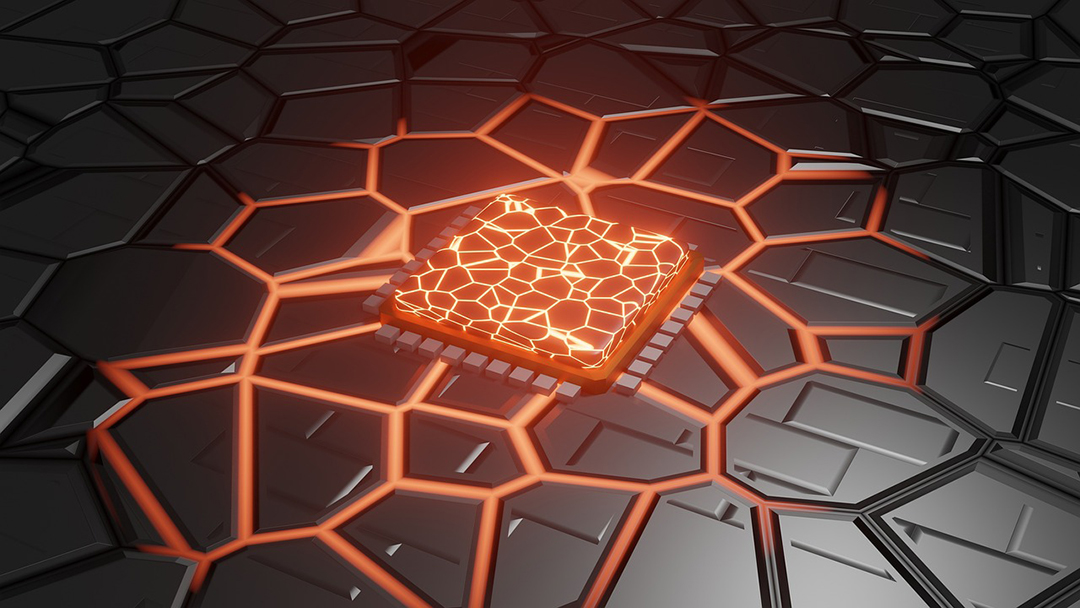
Tackling heat transfer, diamond layers help build 3D circuits with lower power consumption, faster signaling, and increased performance.